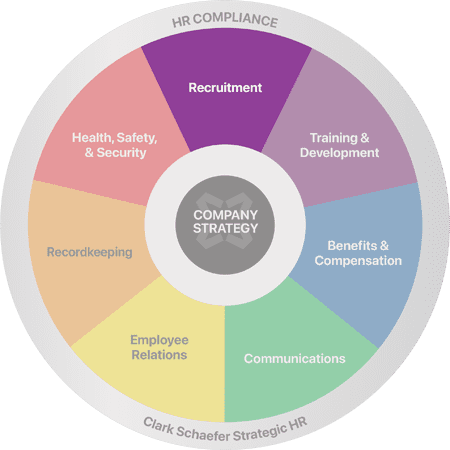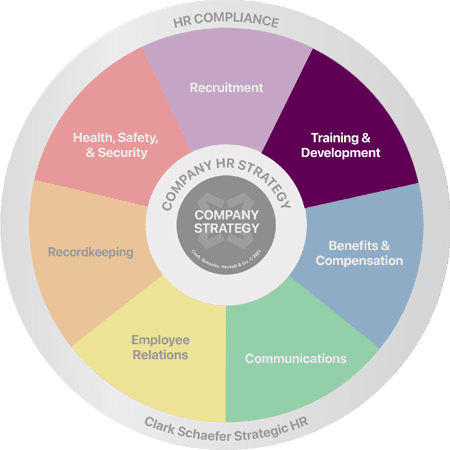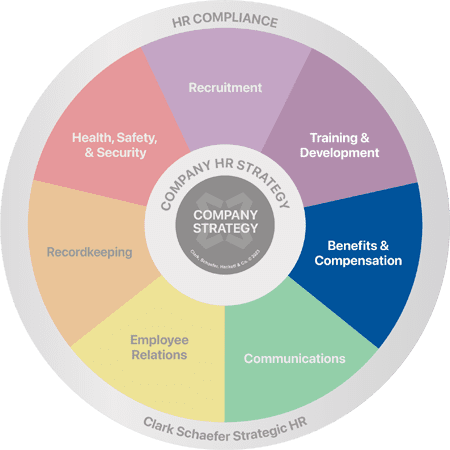Recruitment Questions of the Week
Spooky Recruiting Stories
Publishedin Recruitment
Future-Proofing Your Workforce: The Power of Upskilling, Reskilling, and Skills-Based Hiring
Last Updatedin HR Strategy, Recruitment, Training & Development, Videos Question of the Week, Video
Radar Technology Startup Recruiting Solution: A Case Study Business Situation
in Recruitment Case Study, Video
How Can I Manage Candidate Use of Artificial Intelligence (AI) in the Recruiting Process?
Last Updatedin Recruitment Question of the Week
What Are Some Resources and Strategies to Recruit Veterans?
Last Updatedin Recruitment Question of the Week
How Can I Improve My Recruitment Processes?
Last Updatedin Recruitment Question of the Week
How Do Glassdoor Reviews Impact My Company and Our Recruiting Efforts?
Last Updatedin Recruitment Question of the Week
What Should I Include in the First 90-Day Introductory Period?
Last Updatedin Recruitment Question of the Week
What is the Cost of a Bad Hire?
Last Updatedin Recruitment Question of the Week
Hiring Tips: How to Prevent a Bad Hire
Last Updatedin HR Strategy, Recruitment, Training & Development Question of the Week
How Can I Use Salary Benchmarking As a Recruitment Strategy?
Last Updatedin Benefits & Compensation, Recruitment, Videos Question of the Week, Video
How Can My Company Choose Between Different Types of Recruitment Services?
Last Updatedin Recruitment Question of the Week
Steps Toward a Successful Recruitment Process
Last Updatedin Recruitment Question of the Week
How to Handle Background Checks for Temporary Employees
Last Updatedin Recruitment Question of the Week
What Features Should I Consider in a New Applicant Tracking System?
Last Updatedin Recruitment Question of the Week
Should I Use a Pre-Screen Questionnaire For Job Applicants?
Last Updatedin Recruitment Question of the Week
Top 3 Reasons Why New Hires Leave… And How to Turn Around Your Turnover!
Last Updatedin Employee Relations, Recruitment Question of the Week
The Difference Between Applicants and Candidates
Last Updatedin Recruitment Question of the Week
What Is an RPO?
Last Updatedin Recruitment Question of the Week
How To Say Sponsorship Is Not Available And Remain Compliant
Last Updatedin Recruitment Question of the Week
What Should We Include On Our Careers Page?
Last Updatedin Recruitment Question of the Week
What Should I Use To Measure Recruitment Performance?
Last Updatedin Recruitment Question of the Week
How can internships address your talent shortage?
Last Updatedin Recruitment Question of the Week
What Are Allowable Religious Requirements for Hiring?
Last Updatedin Recruitment Question of the Week
Recruiting Etiquette
Last Updatedin Recruitment Question of the Week
Are Social Media Background Checks Legal?
Last Updatedin Recruitment Question of the Week
What To Do If a Background Check Results in a Rejection of Hire
Last Updatedin Recruitment Question of the Week
3 Keys to Successful Recruitment
Last Updatedin Recruitment Question of the Week
Is It Okay To Use Personality Tests Prior To An Interview?
Last Updatedin HR Compliance, Recruitment Question of the Week
How Can I Stop Candidates From Ghosting After Accepting an Offer?
Last Updatedin Recruitment Question of the Week
What’s the Most Effective Way to Use Panel Interviews?
Last Updatedin Recruitment Question of the Week
Hiring Ex-Sex Offenders
Last Updatedin Recruitment Question of the Week
Hiring Practices in a Candidate Driven Market
Last Updatedin Recruitment Question of the Week
Emphasizing Empathy for a Successful Candidate Experience
Last Updatedin Recruitment Question of the Week
Hiring on a Shoestring Budget
Last Updatedin Recruitment Question of the Week
Creating a Strategy for High Volume Recruitment
Last Updatedin Recruitment Question of the Week
What is a Certificate of Qualification for Employment?
Last Updatedin HR Compliance, Recruitment Question of the Week
Contact Us
Clark Schaefer Strategic HR
10856 Reed Hartman Hwy
Suite 225
Cincinnati, OH 45242

Clark Schaefer Strategic HR is recognized by SHRM to offer Professional Development Credits (PDCs) for SHRM-CP® or SHRM-SCP® recertification activities.
The information provided on this website does not, and is not intended to, constitute legal advice; instead, all information, content, and materials available on this site are for general informational purposes only. Readers of this website should contact their attorney to obtain advice about their particular situation and relevant jurisdiction. This website contains links to other third-party websites. These links are only for the convenience of the reader, user or browser; Strategic HR does not recommend or endorse the contents of the third-party sites.




